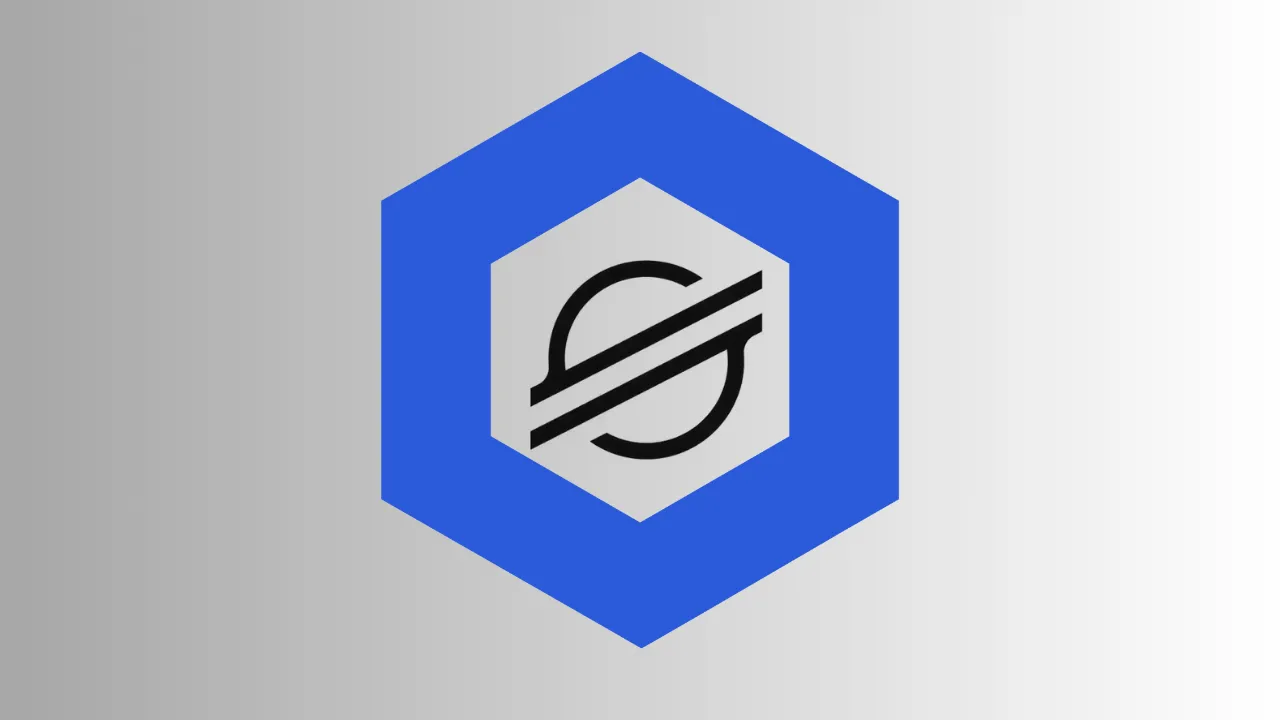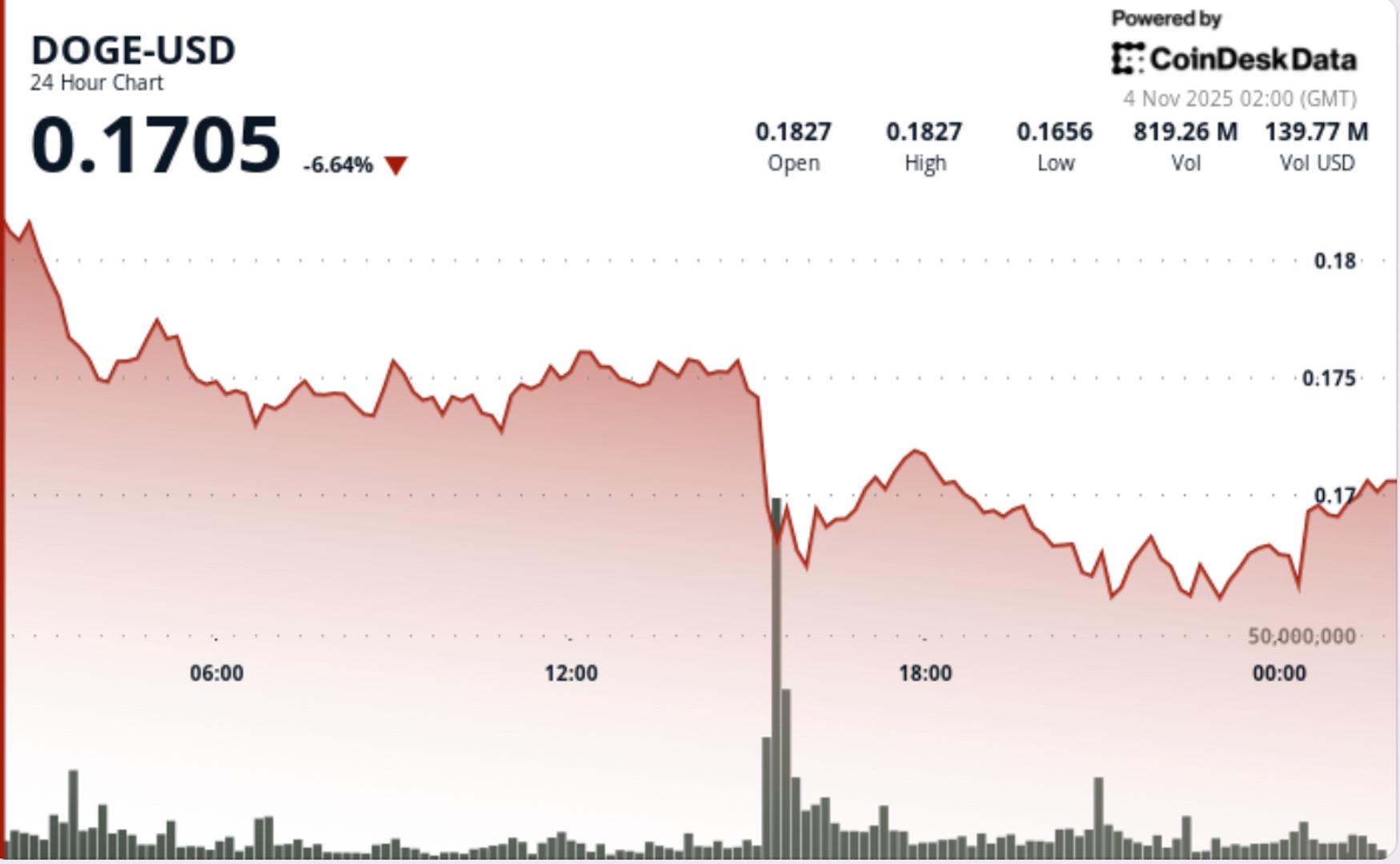Hedera vs. The World: Can HBAR Beat Its Competitors? AllinCrypto August 1, 2025
Hedera Hashgraph, despite its robustness and capabilities, has many DeFi competitors in the crypto market.
HBAR’s real-world applications, growing adoption among firms, and expanding DeFi ecosystem mean it’s situated for continued growth.
For all the things that Hedera excels at, there are still other networks that threaten Hedera’s domination in certain fields. Let’s compare some of Hedera’s closest competitors, like Etheruem, Quant Network, and Ripple’s XRP Ledger, and how they stack up against HBAR.
Real-World Use Cases
Hedera supports a diversity of use cases: DeFi, decentralized identity, supply chains, tokenized funds, and climate accounting with Hedera Guardian. Platforms like RedSwan are tokenizing real estate, while Aberdeen, Archax, and Lloyds Bank recently tokenized UK money market funds and brought them onchain via Hedera.

Additionally, Hedera’s Stablecoin Studio simplifies token issuance and compliance rules for stablecoins, making it easier than ever for businesses to build and issue their own stablecoins.
In contrast, XRP Ledger is deeply focused on liquidity and payments; its token issuance and smart contract features remain limited but are gradually growing. Meanwhile, Quant Network’s Overledger offers interoperability but depends on enterprises internally building applications across chains rather than deploying directly on QNT.
Ethereum excels in decentralized finance, smart contracts, and NFTs, but its enterprise adoption remains slower due to regulatory friction and very high fees. Hedera’s compliant-ready model and native tokenization tools give it an edge in the institutional arena.
Institutional Collaboration
Hedera is governed by a council of leading firms, such as Arrow Electronics, DLA Piper, ServiceNow, Google, and IBM, making HBAR one of the most trusted networks for web2 institutions.

This structure supports enterprise-grade deployments, enabling projects for supply chains, tokenizations, and more. For example, Shinhan Bank and Standard Bank have piloted stablecoin payment systems using Hedera’s distributed ledger.
These real-world use cases demonstrate the broad institutional adoption, which is unmatched by other networks.
DeFi Is Almost Everything
Ethereum has a strong DeFi community and audience, which contributes to the token’s price and TVL. Over time, the Hedera Foundation has vowed to boost DeFi on Hedera, an initiative that has so far been a success with new AI tools and DeFi applications being launched on HBAR.
SaucerSwap, Bonzo Finance, Thrive Protocol, and more are helping make HBAR a go-to network for decentralized finance, especially when it comes to developing AI tools now, thanks to the Hedera AI Studio.
Despite efforts, Ethereum remains the dominant DeFi network today, but Hedera’s combination of low fees, reliable executions, and incentives from the Hedera Foundation means HBAR’s DeFi audience could rise significantly over the next year.
XRP Ledger’s DeFi capabilities remain limited, but since the launch of the XRPL’s EVM chain, the network has received a huge boost in DeFi participation and dApp production.
Quant focuses on interoperability rather than on-chain financial dApps, making it less appealing for institutions seeking DeFi strategies.
Ecosystem Growth on Hedera
Even during challenging market conditions, Hedera has seen transformative ecosystem growth. Hedera’s developer activity sits among the likes of Ethereum and Chainlink.

The launch of the Stablecoin Studio, AI Studio, Hedera Developers Playground, and enhanced DeFi tools on SaucerSwap and BonzoFinance shows how quickly the ecosystem is growing.
Quant Network’s reported growth is strong in terms of interoperability deployments, but less visible on-chain or in DeFi adoption.
Why Institutions Might Pick Hedera
Hedera stands out because it offers retail and institutions a DLT ecosystem that allows almost anybody to issue stablecoins, make AI agents and automated dApps, connect to DeFi protocols, and more, all on some of the lowest fees in the crypto industry.
Hedera’s traits resonate with financial institutions seeking interoperability and integration with DLT networks as the US turns pro-crypto, with the SEC focused on bringing real-world assets onchain in a regulated manner.
Hedera’s balanced approach, enterprise trust, real use cases, and deepening DeFi infrastructure make HBAR a token that many investors can bet on beating or matching its competitors as the crypto market matures.
The post Hedera vs. The World: Can HBAR Beat Its Competitors? first appeared on AllinCrypto.







